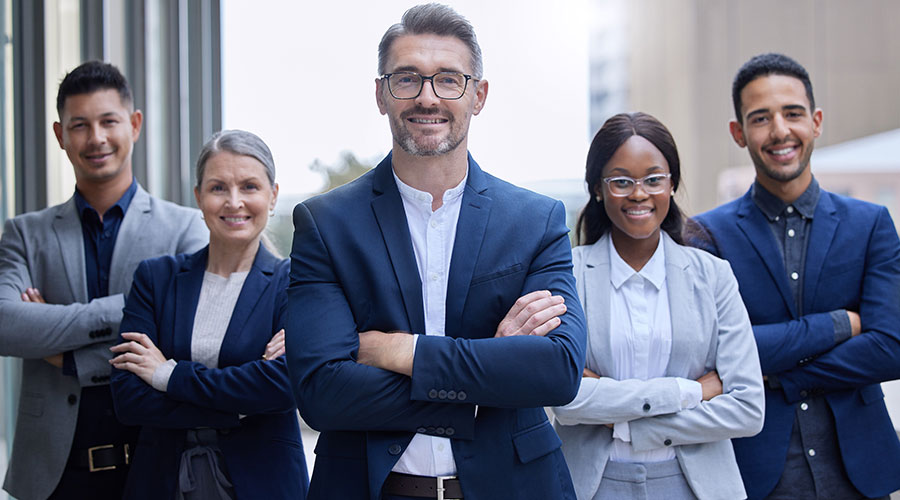Fannie Mae's LEED-EBOM Push
At first glance, it may seem odd for federal mortgage reinsurer Fannie Mae to be involved in LEED-EBOM projects.
But, when you consider that one of the big benefits of LEED-EBOM is the financial savings, it starts to make more sense. For Fannie Mae, it’s a way to help make sure that the loans that it’s backing are paid, because LEED-EBOM can help landlords decrease operating costs, increase occupancy rates and charge higher rents.
The Multifamily Green Initiative's mortgage financing products allow rental and cooperative property owners to borrow money for property improvements in energy and water efficiency upgrades throughout the entire property.
The goal, says Chrissa Pagitsas, director, property conditions and environmental risk, multifamily risk, Fannie Mae, is to make rental properties more attractive and competitive.
“We’re looking to improve the quality of the entire property, because the entire property is backing the mortgage, not just the common area that the owner may be paying for,” Pagitsas says. “We encourage the owner to think about the entire property and make investments in both the common area and in tenant spaces, because it makes the property more competitive, lowers the financial risk and improves the cash flow.”
For Fannie Mae, the big appeal is that giving owners the tools to be more efficient not only helps the environment, but also helps keep the default rate down on federally backed mortgages. The agency’s default rate is around 1 percent — compared to a commercial mortgage industry default rate of 14 to 16 percent since the economic meltdown began — but because it’s a taxpayer-funded agency, it naturally draws more scrutiny.
Another aspect that’s driving the initiative is that investors in the agency’s mortgage-backed securities (MBS) are more interested in green efforts, Pagitsas says.
More MBS investors now want to know what percentage of the MBS is green when multiple properties are bundled into one MBS, she says. “What’s your definition of green?” Pagitsas asks. “We’re now disclosing when a property has either received financing from us to make retrofits or has a green building certification.”
--Casey Laughman, managing editor
Related Topics:
















